Search and Rescue Robots Market Summary
As per MRFR analysis, the Search and Rescue Robots Market Size was estimated at 25.02 USD Billion in 2024. The Search and Rescue Robots industry is projected to grow from 28.27 USD Billion in 2025 to 95.97 USD Billion by 2035, exhibiting a compound annual growth rate (CAGR) of 13.0 during the forecast period 2025 - 2035.
Key Market Trends & Highlights
The Search and Rescue Robots Market is poised for substantial growth driven by technological advancements and increasing demand for emergency response solutions.
- Technological advancements are enhancing the capabilities of search and rescue robots, making them more efficient and effective in various scenarios.
- North America remains the largest market for search and rescue robots, while the Asia-Pacific region is emerging as the fastest-growing market.
- The autonomous segment dominates the market, whereas the remotely operated segment is experiencing rapid growth due to evolving operational needs.
- Key market drivers include rising demand for emergency response solutions and government initiatives that support technological innovations in robotics.
Market Size & Forecast
| 2024 Market Size | 25.02 (USD Billion) |
| 2035 Market Size | 95.97 (USD Billion) |
| CAGR (2025 - 2035) | 13.0% |
Major Players
Boston Dynamics (US), iRobot (US), Northrop Grumman (US), FLIR Systems (US), DroneSense (US), Roboteam (IL), Sierra Nevada Corporation (US), Clearpath Robotics (CA), Kongsberg Gruppen (NO)
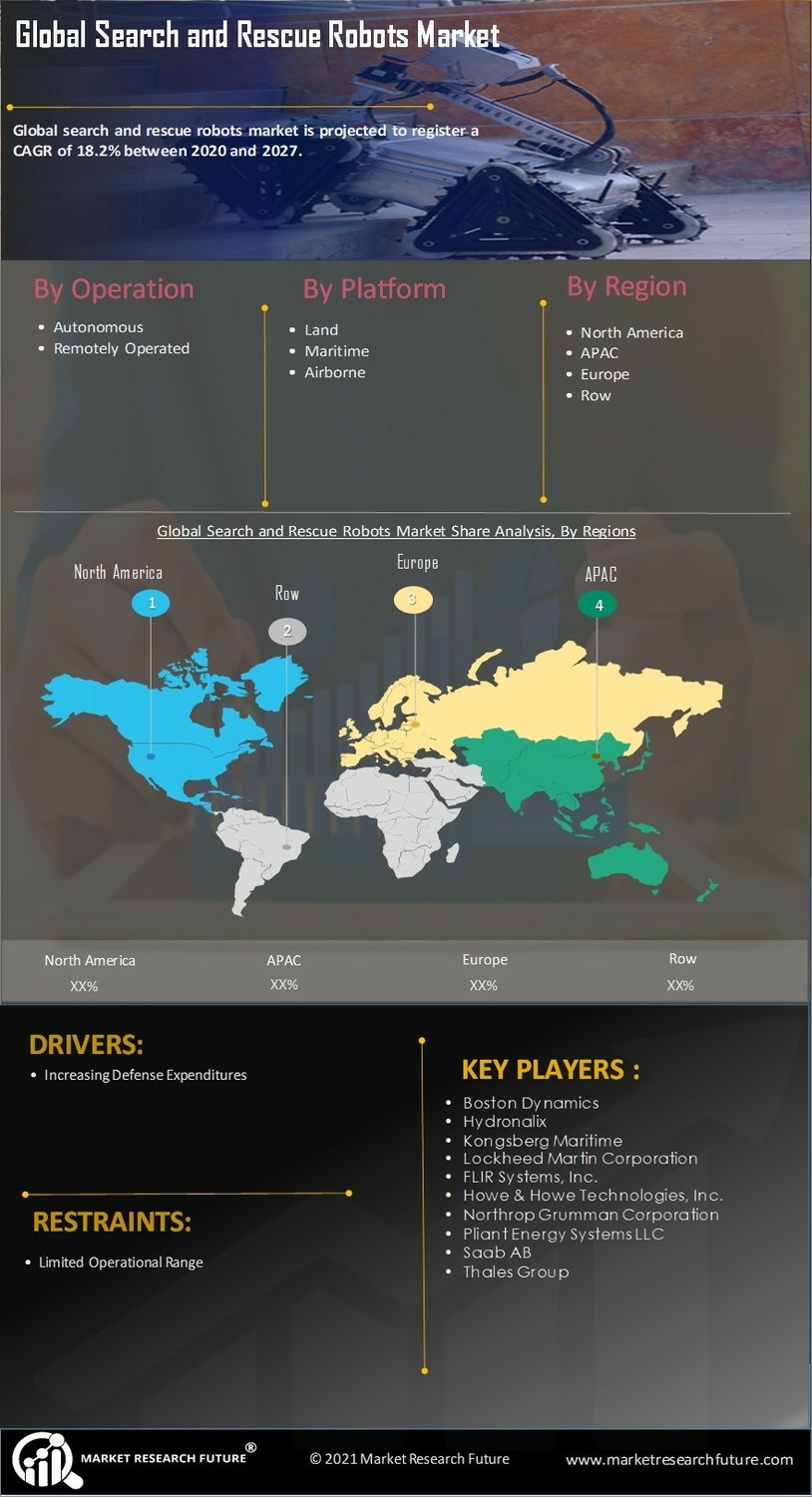

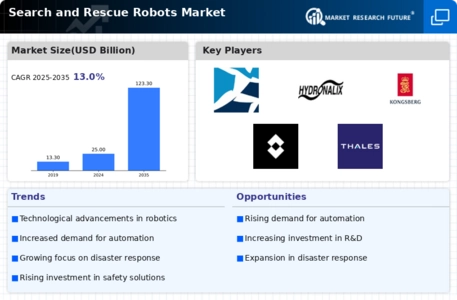
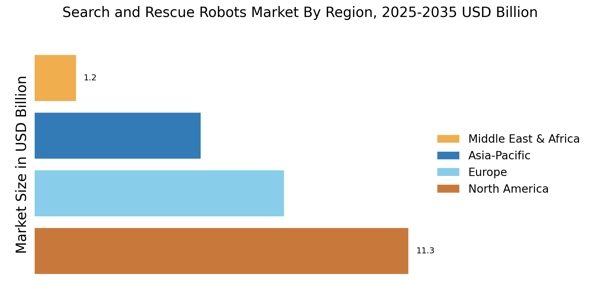




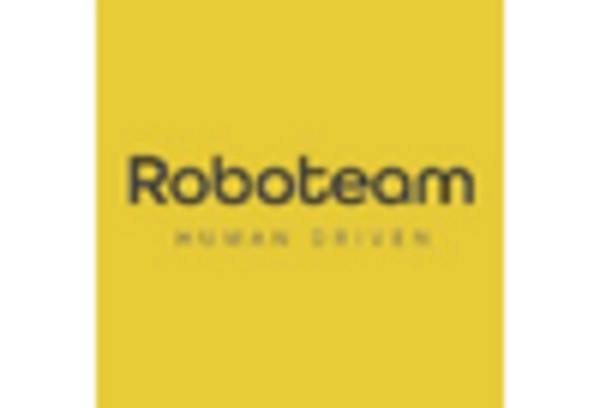
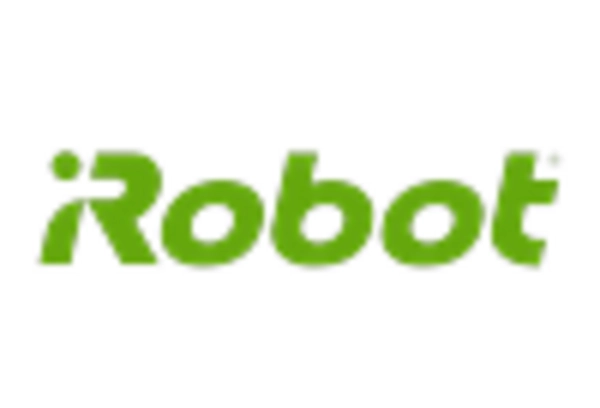








Leave a Comment